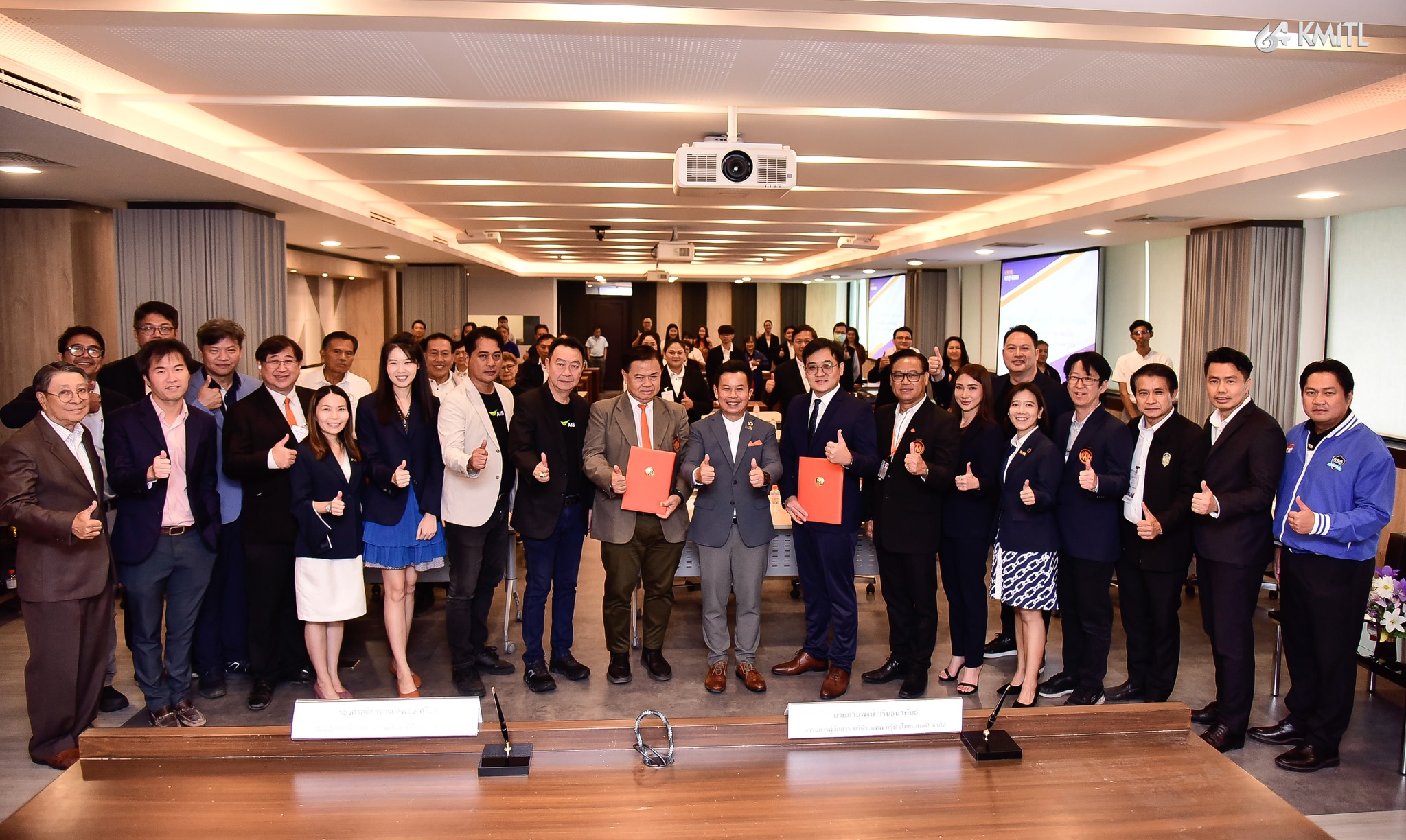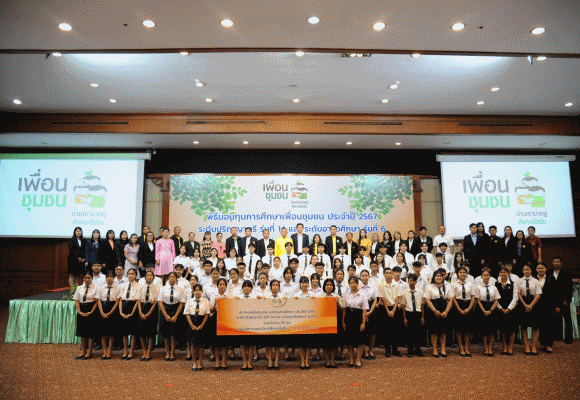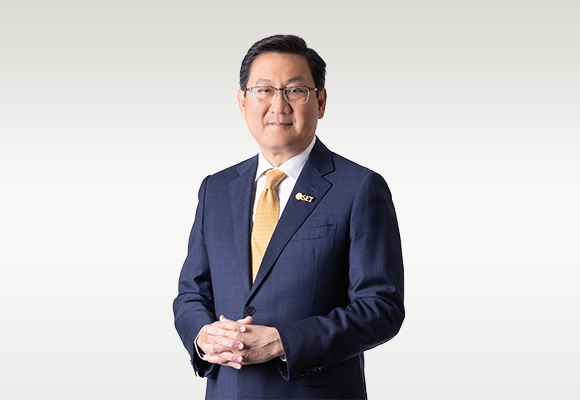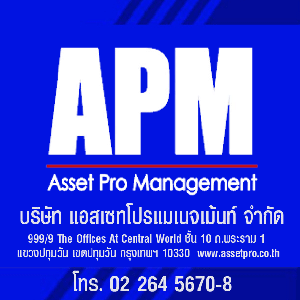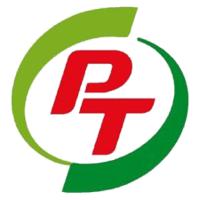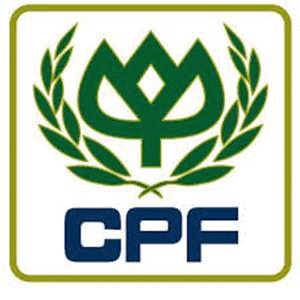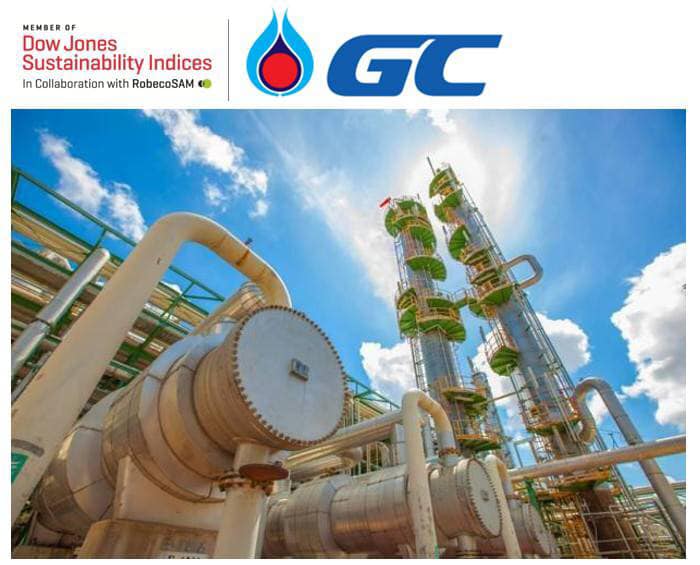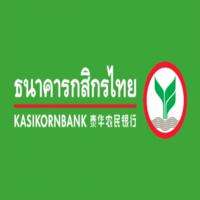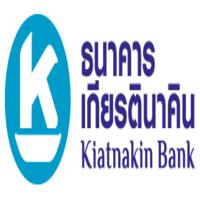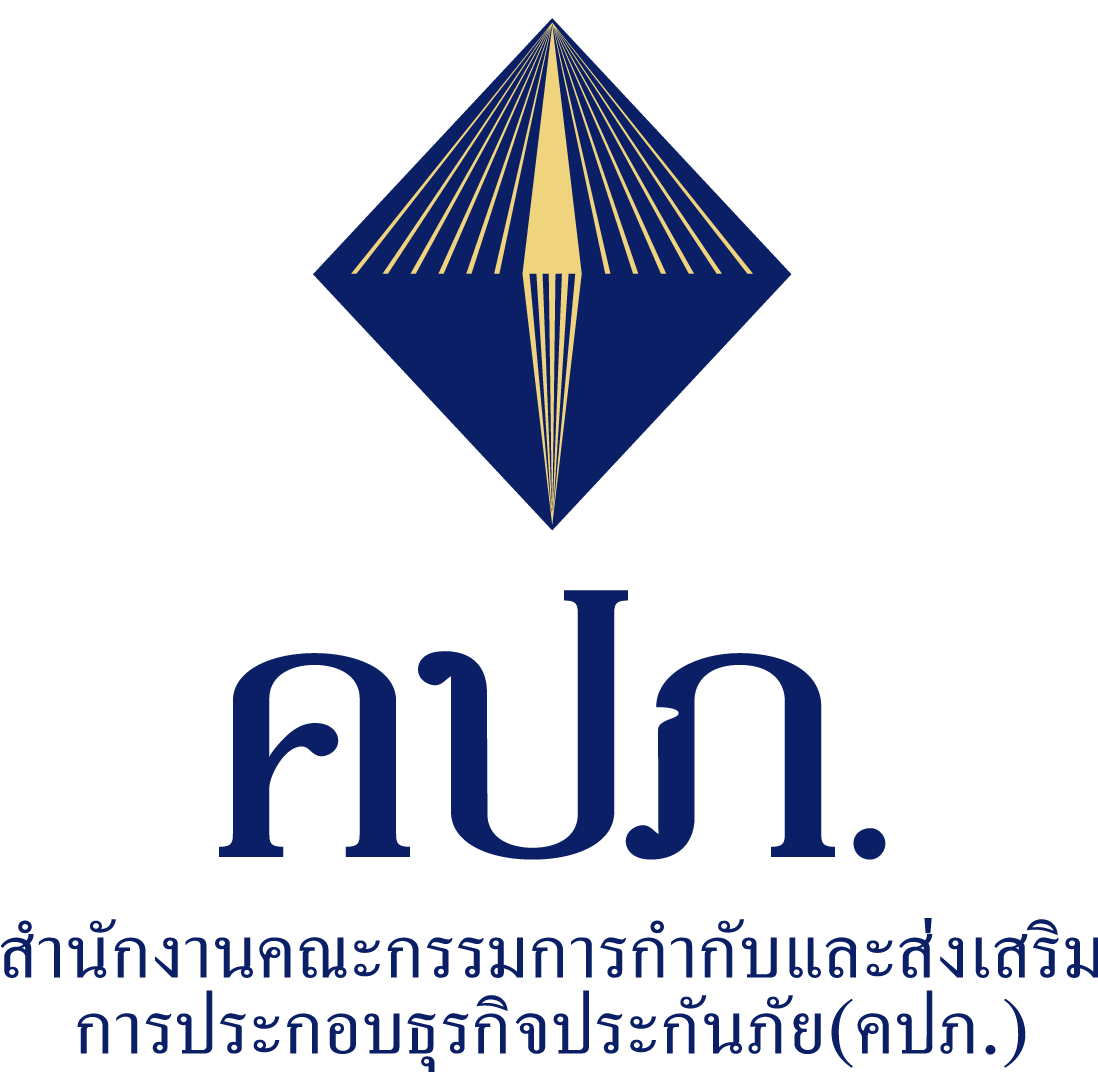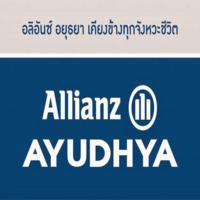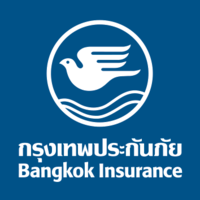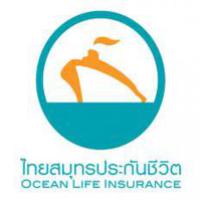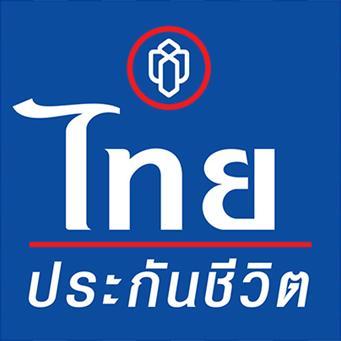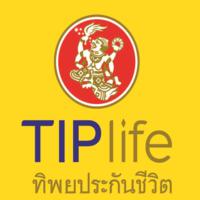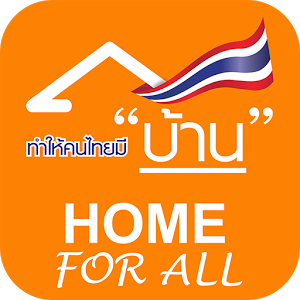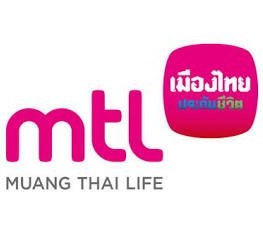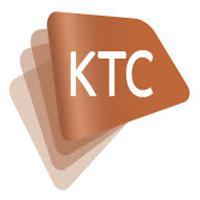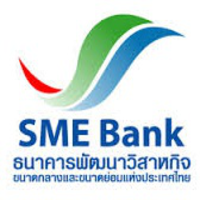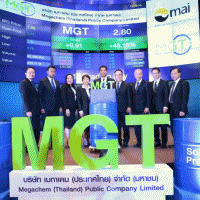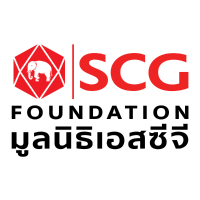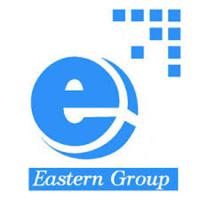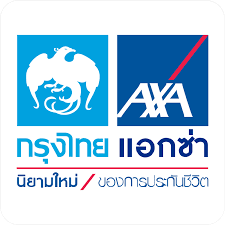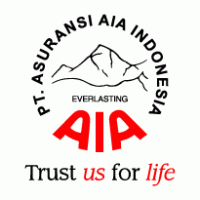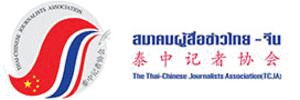- Details
- Category: แบงก์พาณิชย์
- Published: Wednesday, 31 July 2019 22:40
- Hits: 4847
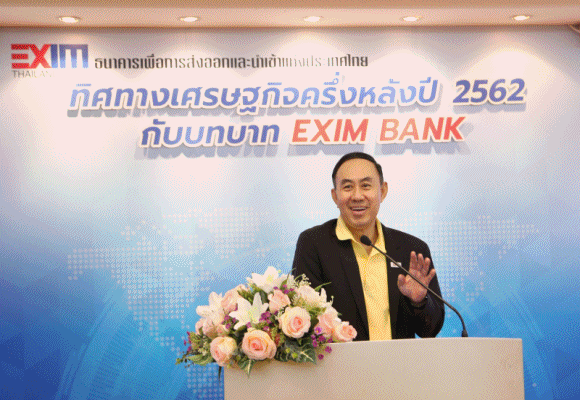
EXIM BANK ชี้สินค้าไทยบนนวัตกรรมเป็นความหวังขับเคลื่อนส่งออกโต ผู้ส่งออก โดยเฉพาะ SMEs ต้องบุกตลาดใหม่ขยายฐานลูกค้าและตอบโจทย์ความยั่งยืน
EXIM BANK ชี้ส่งออกไทยครึ่งหลังปี 2562 มีความหวังอยู่ในกลุ่มสินค้าไทยที่มีอัตลักษณ์เฉพาะตัวและเป็นที่ยอมรับในตลาดโลก ประกอบกับกลยุทธ์กระจายตลาดไปยังตลาดใหม่และพัฒนานวัตกรรมเพื่อตอบโจทย์ความต้องการของผู้บริโภคยุคใหม่ ขณะที่ EXIM BANK เร่งสนับสนุนผู้ส่งออก โดยเฉพาะ SMEs ให้เริ่มต้นและขยายธุรกิจได้มากขึ้น โดยเงินให้สินเชื่อคงค้างแก่ลูกค้า SMEs โตก้าวกระโดด 69% ในช่วง 5 ปีที่ผ่านมา เป็นผลจากการพัฒนาผลิตภัณฑ์และบริการ รวมทั้งการบ่มเพาะผู้ประกอบการไทยให้เป็นผู้ส่งออกรายใหม่ได้มากขึ้น
นายพิศิษฐ์ เสรีวิวัฒนา กรรมการผู้จัดการ ธนาคารเพื่อการส่งออกและนำเข้าแห่งประเทศไทย (EXIM BANK) เปิดเผยว่า ในช่วงครึ่งแรกปี 2562 มูลค่าส่งออกของไทยหดตัวถึง 2.9% เป็นผลของสงครามการค้าที่ยังยืดเยื้อระหว่างสหรัฐฯ-จีน ทำให้สินค้าส่งออกของไทยในห่วงโซ่การผลิตและพึ่งพาตลาดจีนสูงหดตัวต่อเนื่อง อาทิ คอมพิวเตอร์และส่วนประกอบ แผงวงจรไฟฟ้า เม็ดพลาสติก จากสถานการณ์ดังกล่าว หลายหน่วยงานรวมทั้ง EXIM BANK ได้ปรับลดคาดการณ์การขยายตัวของมูลค่าส่งออกของไทยในปี 2562 โดยคาดว่าจะขยายตัว 0.2%
การส่งออกของไทยในครึ่งหลังปี 2562 มีความหวังอยู่ในกลุ่มสินค้าดาวรุ่ง ที่มีมูลค่าส่งออกขยายตัวสูงต่อเนื่องในช่วงหลายปีที่ผ่านมาท่ามกลางปัจจัยเสี่ยงรุมเร้า ได้แก่ สินค้าอุปโภคบริโภคซึ่งไทยมีความเชี่ยวชาญ โดยเฉพาะอาหารแปรรูป ผักและผลไม้ เครื่องดื่ม เครื่องปรุงรส เครื่องสำอาง ขณะเดียวกันหลายสินค้าก็ได้อานิสงส์จากการท่องเที่ยวที่ช่วยประชาสัมพันธ์อัตลักษณ์ความเป็นไทยให้เป็นที่รู้จักไปทั่วโลก อาทิ อาหาร สมุนไพร และของใช้ในครัวเรือน นอกจากนี้ยังมี กลุ่มสินค้าที่ได้อานิสงส์จากสงครามการค้า โดยสินค้าไทยที่ผลิตคล้ายกับสินค้าจีนสามารถแทรกตัวเข้าไปเพิ่มส่วนแบ่งในตลาดสหรัฐฯ อาทิ ยางล้อ ของเล่น เครื่องนุ่งห่ม เครื่องใช้ไฟฟ้า เป็นต้น
ขณะเดียวกัน ยังมีกลุ่มสินค้าที่แข่งขันได้ในระยะสั้น เนื่องจากการปรับตัวของผู้ประกอบการไทย เพื่อลดผลกระทบของสงครามการค้า อาทิ กลุ่มสินค้าที่หนีไปตลาดหลบภัย ส่วนใหญ่เป็นสินค้าที่อยู่ในห่วงโซ่อุปทานของจีน ซึ่งผู้ประกอบการไทยปรับตัวได้ค่อนข้างดีโดยการหาตลาดหลบภัยเพื่อทดแทนตลาดจีนที่หดตัว เช่น คอมพิวเตอร์และส่วนประกอบ ขยายตัวสูงในตลาดอินเดีย เม็กซิโก เวียดนาม แผงวงจรไฟฟ้า ขยายตัวสูงในตลาดเม็กซิโก เบลเยียม รวมถึงไม้และผลิตภัณฑ์ ขยายตัวสูงในตลาด CLMV (กัมพูชา สปป.ลาว เมียนมา และเวียดนาม) อินเดีย ซึ่งแม้ว่าการส่งออกไปตลาดเหล่านี้จะไม่สามารถชดเชยตลาดจีนได้ทั้งหมด แต่ก็สามารถบรรเทาผลกระทบและช่วยพยุงการส่งออกของไทยได้ระดับหนึ่ง ขณะเดียวกัน เป็นที่น่าสังเกตว่ามีสินค้าบางกลุ่มที่ตอบโจทย์ความต้องการเดิมในตลาดใหม่ๆ ได้
นับเป็นการชดเชยตลาดส่งออกเดิมที่ชะลอลง เช่น การส่งออกยางพาราที่หดตัวจากความต้องการของจีนซึ่งเป็นตลาดส่งออกยางพาราอันดับ 1 ของไทยชะลอลง แต่ขยายตัวได้ดีในตลาดอื่น อาทิ ยุโรปตะวันออก แคนาดา แต่ในอนาคตยางพาราไทยต้องพัฒนาผลิตภัณฑ์ให้มีมูลค่าเพิ่มสูงขึ้น เพื่อให้แข่งขันได้ในระยะยาว รถยนต์และส่วนประกอบ ไปออสเตรเลียซึ่งเป็นตลาดส่งออกอันดับ 1 ของไทยที่หดตัว แต่การส่งออกไปตลาด CLMV และอินเดียกลับขยายตัวสูงจากชนชั้นกลางที่เพิ่มขึ้นและความต้องการรถยนต์ใช้น้ำมันที่ยังมีต่อเนื่อง อย่างไรก็ตาม ในระยะยาวสินค้าไทยต้องใช้เทคโนโลยีการผลิตหรือนวัตกรรมเข้ามาพัฒนาให้ตอบสนองความต้องการของผู้บริโภคยุคใหม่ที่เปลี่ยนแปลงไป อาทิ กระแสรักษ์สิ่งแวดล้อมทำให้ความต้องการรถยนต์ไฟฟ้า (EV) และเคมีภัณฑ์ชีวภาพมีแนวโน้มเพิ่มขึ้น
อีกหนึ่ง เครื่องยนต์ที่จะเข้ามาประคับประคองการส่งออกสินค้าของไทยได้เป็นอย่างดี คือ การส่งออกบริการ ที่ไม่เพียงภาคการท่องเที่ยวที่ไทยติดอันดับ 1 ใน 10 ของโลกทั้งในแง่ของรายได้และจำนวนนักท่องเที่ยวเท่านั้น แต่ไทยยังมีภาคบริการอื่นๆ ที่มีศักยภาพและเติบโตได้ดีไม่แพ้กัน อาทิ การก่อสร้าง โลจิสติกส์ และธุรกิจนันทนาการ ที่ผู้ประกอบการไทยเริ่มเป็นที่รู้จักมากขึ้น ซึ่งจะช่วยต่อยอดการส่งออกสินค้าที่เกี่ยวเนื่องได้อีกช่องทางหนึ่ง
นายพิศิษฐ์ กล่าวต่อไปว่า EXIM BANK เร่งสนับสนุนผู้ส่งออก โดยเฉพาะ SMEs ให้เริ่มต้นและขยายธุรกิจได้มากขึ้น โดยเงินให้สินเชื่อคงค้างแก่ลูกค้า SMEs โตก้าวกระโดดจาก 22,930 ล้านบาทในปี 2557 เป็น 38,834 ล้านบาท ณ สิ้นเดือนมิถุนายน 2562 เพิ่มขึ้น 69% ในรอบ 5 ปี และเมื่อเทียบกับช่วงเดียวกันของปีก่อน เพิ่มขึ้น 17.79% โดยจำนวนเงินให้สินเชื่อคงค้างของ EXIM BANK ทั้งหมดในช่วงครึ่งแรกปี 2562 อยู่ที่ 107,183 ล้านบาท เพิ่มขึ้น 10,706 ล้านบาท หรือ 11.10% จากช่วงเดียวกันของปีก่อน ทำให้เกิดปริมาณธุรกิจ (Business Turnover) 94,750 ล้านบาท โดยเป็นปริมาณธุรกิจ SMEs 52,953 ล้านบาท ทั้งนี้ มีผู้ส่งออก SMEs เข้าถึงบริการของ EXIM BANK เพิ่มขึ้นอย่างต่อเนื่อง โดยคิดเป็นสัดส่วน 12.48% ของผู้ส่งออก SMEs ทั้งประเทศ สอดคล้องกับจำนวนลูกค้า SMEs ที่เพิ่มขึ้นโดยเป็นผลจากการพัฒนาผลิตภัณฑ์และบริการ รวมทั้งการบ่มเพาะผู้ประกอบการไทยให้เป็นผู้ส่งออกรายใหม่ได้มากขึ้น
ปัจจุบัน EXIM BANK มีวงเงินที่ให้การสนับสนุนแก่สินเชื่อโครงการระหว่างประเทศรวมทั้งสิ้น 86,024 ล้านบาท มีเงินให้สินเชื่อคงค้าง ณ สิ้นเดือนมิถุนายน 2562 จำนวน 41,330 ล้านบาท และมีเงินให้สินเชื่อคงค้างเพื่อสนับสนุนผู้ประกอบการไทยขยายฐานการค้าและการลงทุนไป CLMV จำนวน 30,415 ล้านบาท เพิ่มขึ้น 1,338 ล้านบาท เมื่อเทียบกับช่วงเดียวกันของปีก่อน
นอกเหนือจากเงินทุน EXIM BANK ได้ให้บริการประกันการส่งออก เพื่อช่วยให้ผู้ประกอบการไทยมั่นใจที่จะบุกตลาดใหม่หรือขยายการส่งออกมากขึ้น ในครึ่งแรกปี 2562 EXIM BANK มีปริมาณธุรกิจด้านการรับประกันการส่งออกและประกันความเสี่ยงการลงทุน 53,290 ล้านบาท เพิ่มขึ้น 9,153 ล้านบาท เมื่อเทียบกับช่วงเดียวกันของปีก่อน โดยเป็นปริมาณธุรกิจของ SMEs จำนวน 11,487 ล้านบาท หรือ 21.56% ของปริมาณธุรกิจสะสมรวม
ผลการดำเนินงานโดยรวมของ EXIM BANK ในครึ่งแรกปี 2562 EXIM BANK มีกำไรสุทธิ 523 ล้านบาท อัตราส่วนสินเชื่อด้อยคุณภาพของธนาคาร (NPLs Ratio) ณ สิ้นเดือนมิถุนายน 2562 อยู่ที่ 4.26% โดยมี NPLs จำนวน 4,566 ล้านบาท และมีเงินสำรองหนี้สงสัยจะสูญจำนวน 10,027 ล้านบาท เพิ่มขึ้น 1,318 ล้านบาท เมื่อเทียบกับช่วงเดียวกันของปีก่อน โดยเป็นสำรองหนี้พึงกันตามเกณฑ์ธนาคารแห่งประเทศไทยจำนวน 6,167 ล้านบาท คิดเป็นอัตราส่วนเงินสำรองที่กันไว้แล้วต่อสำรองหนี้พึงกัน 162.58% ทำให้ EXIM BANK ยังคงดำรงฐานะการเงินที่มั่นคง
“ปัจจุบันการส่งออกของไทยอาจหดตัวลง แต่ยังมีภูมิต้านทานที่ดีกว่าคู่แข่งหลายประเทศ เพราะอัตลักษณ์ความเป็นไทยมีชื่อเสียงในระดับโลก ทำให้สินค้าไทยยังเป็นที่ต้องการอีกมากในต่างประเทศ แต่การเปลี่ยนแปลงของกระแสโลกและพฤติกรรมผู้บริโภคยุคใหม่เป็นสิ่งที่คาดเดาได้ยาก ผู้ส่งออกไทยต้องทันข่าวสาร ปรับปรุงสินค้าและบริการให้ตอบสนองหรือชี้นำผู้บริโภคได้ เพื่อการทำตลาดอย่างประสบความสำเร็จและยั่งยืน EXIM BANK พร้อมให้การสนับสนุนผู้ส่งออกสินค้าและบริการของไทย รวมทั้งผู้ส่งออกทางอ้อมในซัพพลายเชน ทั้งด้านคำปรึกษา เครื่องมือทางการเงินและเครื่องมือป้องกันความเสี่ยงที่จะช่วยให้สินค้าไทยขยายตลาดไปยังผู้มีกำลังซื้อทั้งในตลาดใหม่และตลาดเดิมได้ นำมาสู่การพัฒนาประเทศไทยอย่างยั่งยืนแม้ในภาวะเศรษฐกิจโลกผันผวน”นายพิศิษฐ์กล่าว
EXIM Foresees Innovation as Main Driver of Export Growth Exporters, Particularly, SMEs Must Enter New Markets to Expand Customer Base and Achieve Sustainable Growth
EXIM Thailand projects that Thai export growth in the second half of 2019 will hinge upon products with unique characteristics, yet meeting the global market expectation while emphasizing diversification into new markets and innovation to meet modern consumers’ demand. EXIM Thailand has stepped up its support to exporters, especially SMEs to help them start or expand export business, reflecting in a sharp increase of 69% in SMEs credit outstanding over the past five years. Such growth resulted from continued product and service development and incubation of new exporters.
Mr.Pisit Serewiwattana, President of Export-Import Bank of Thailand (EXIM Thailand), revealed that, in the first half of 2019, Thai export shrank by 2.9% as a result of the ongoing trade war between the US and China which had continuously dampened Thai export in the supply chains with heavy dependence on the Chinese market, such as computers and parts, printed circuit boards, plastic resin, etc. The gloomy outlook led EXIM Thailand among other agencies to revise down their export growth forecast to merely 0.2% for 2019.
Thai export growth in the second half of 2019 will depend largely on a group of rising star products that have recorded consistent growth for the past years amid several looming risks. This group of products comprise consumer goods in which Thailand has high expertise, especially processed foods, fruits and vegetables, beverages, seasonings and cosmetics. Meanwhile, certain goods have benefited from Thai tourism which helps highlight Thai identity on the global market, comprising Thai foods, herbs and kitchenware. In addition, the side effects of the US-China Trade War have indirectly helped Thai products bearing certain similarities and serving as close substitutes for Chinese goods to increase US market shares such as car tires, toys, garments, electrical appliances, and so on.
Concurrently, a number of products continue to maintain competitiveness, thanks to Thai producers’ adaptability and ability to evade the trade war impacts. These are products taking refuge in alternative markets. Most of these products are part of the Chinese supply chains, including computers and parts of which high growth is seen in India, Mexico, Vietnam, etc., printed circuit boards which have grown healthily in Mexico and Belgium, and wood and products the impressive expansion of which is seen in the Cambodia, Lao PDR, Myanmar and Vietnam (CLMV) and India. Even though these markets cannot absolutely replace the Chinese market, they have reduced the prevailing adverse impact and sustained Thai export to some extent. At the same time, certain products respond to existing demand and expand in new markets, somewhat substituting demand shrinkage in the existing markets. Demand for rubber, for example, contracted as resulted from pricing problem and slowing demand from China which is Thailand’s largest rubber market, but robust growth is witnessed in such markets as East Europe, Canada, etc. However,
Thai rubber requires greater development to better compete in the long term. Likewise, export of auto and parts to Australia which is Thailand’s largest export market for the product has continued to contract in the backdrop of economic slump. On the contrary, export to the CLMV and India has expanded as driven by the increasing middle-class population and continued demand for oil fueled cars. Nevertheless, in the long run, Thai products need to use production technology and innovation to fulfill the changing demand of new generation consumers. For example, with the increasing awareness of environmental protection and energy saving in several countries, demand for electric vehicles (EV) and bio-chemicals has been on an upward trend.
Another engine that may help sustain Thai export comes from the service sector. Apart from Thai tourism which has already reached a top 10 on the global scale in terms of both revenues and number of visitors, other service sectors such as construction, logistics and recreation have grown in reputation, giving a boost to export of other related industries.
Mr. Pisit further said that EXIM Thailand has recently accelerated support for Thai exporters, particularly SMEs, for their business start-up and expansion. Outstanding loans to SMEs surged from 22,930 million baht in 2014 to 38,834 million baht as of the end of June 2019, representing a growth of 69% in the past five years and 17.79% year-on-year. Total outstanding loans of the Bank in the first half of 2019 amounted to 107,183 million baht, a 10,706 million baht or 11.10% growth year-on-year. This contributed to a business turnover of 94,750 million baht, of which 52,953 million baht came from SMEs. SME exporters continue to gain greater access to EXIM Thailand’s financial facilities, representing 12.48% of SME exporters across the country attributable to the Bank’s product and service development and Thai entrepreneurs to exporters incubation projects.
At present, EXIM Thailand has extended loans for international projects in a total amount of 86,024 million baht with outstanding loans of 41,330 million baht as of the end of June 2019. Outstanding loans to support Thai entrepreneurs’ trade and investment expansion to the CLMV amounted to 30,415 million baht, a 1,338 million baht year-on-year increase.
Besides, EXIM Thailand has rendered export credit insurance to enhance Thai entrepreneurs’ confidence in penetrating new frontier markets or expanding export. In the first half of 2019, the Bank recorded 53,920 million baht in export credit and investment insurance business turnover, up by 9,153 million baht year-on-year, of which 11,487 million baht came from SMEs’ export, representing 21.56% of the Bank’s accumulated insurance business turnover.
In view of operating results in the first half of 2019, EXIM Thailand posted a net profit of 523 million baht. NPLs ratio as of the end of June 2019 stood at 4.26%, with NPLs amounting to 4,566 million baht. Allowance for doubtful accounts was 10,027 million baht, a 1,318 million baht increase from the corresponding period of the previous year. Of the total allowance, 6,167 million baht was minimum provisioning requirement by the Bank of Thailand, which represented a ratio of loan loss provision against the regulatory requirement of 162.58%, hence enabling the Bank to maintain a strong financial status.
“Thai export has contracted but we have stronger immunity than several peer countries thanks to our unique and distinctive identity that has earned global recognition. That is why Thai products are still in high demand abroad. However, changes in global circumstances and behaviors of new generation consumers are hard to predict. Thai exporters need to keep abreast of latest news and developments, improve their products and services to attract consumers, meet and lead their demand for successful and sustainable market making. EXIM Thailand stands ready to support Thai exporters of goods and services, including indirect exporters in the supply chains by providing consultancy as well as recommending financial and risk mitigation tools that will facilitate sustainable expansion of Thai goods to consumers with high purchasing power in both existing and new frontier markets. This will subsequently contribute to Thailand’s national development even amid the global economic volatility,” added Mr. Pisit.
Click Donate Support Web
















